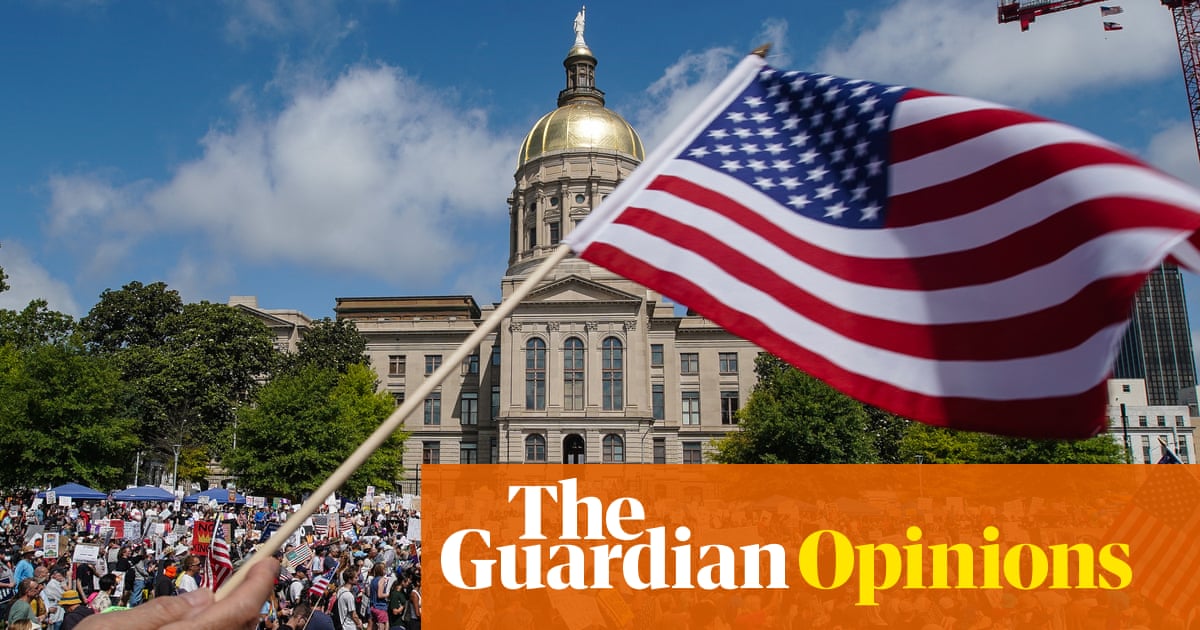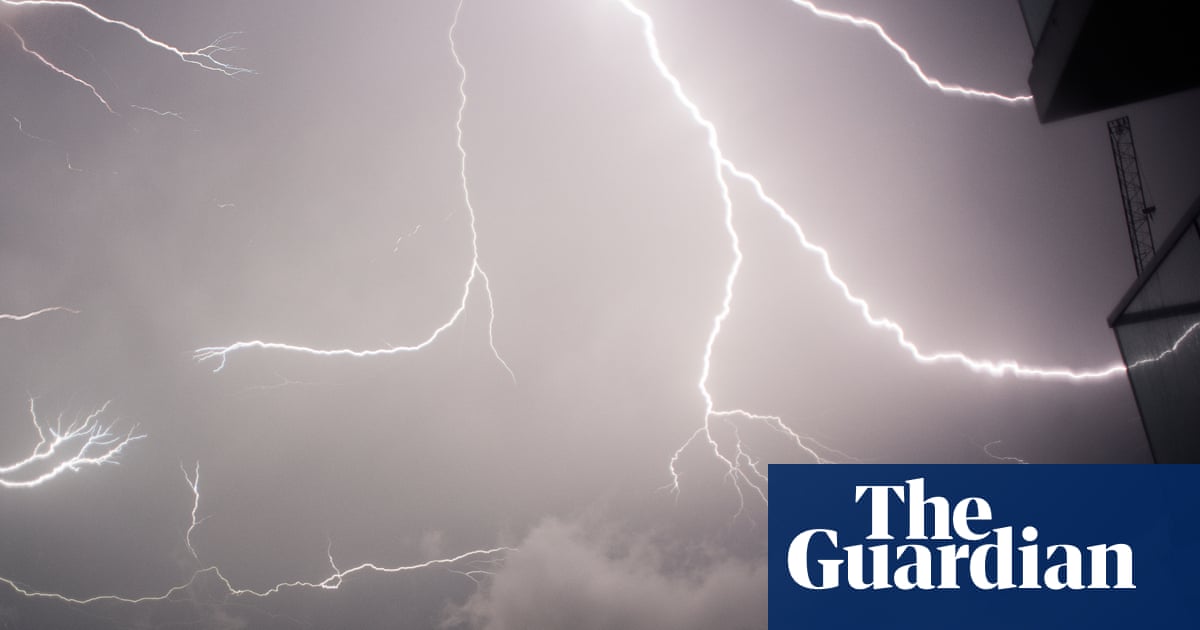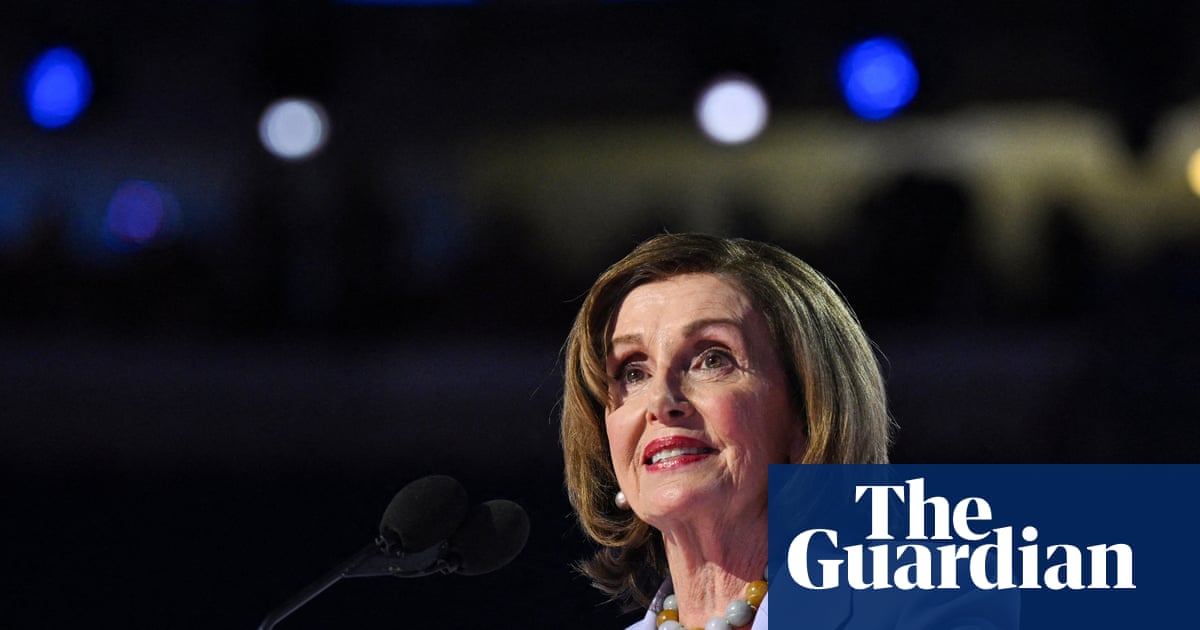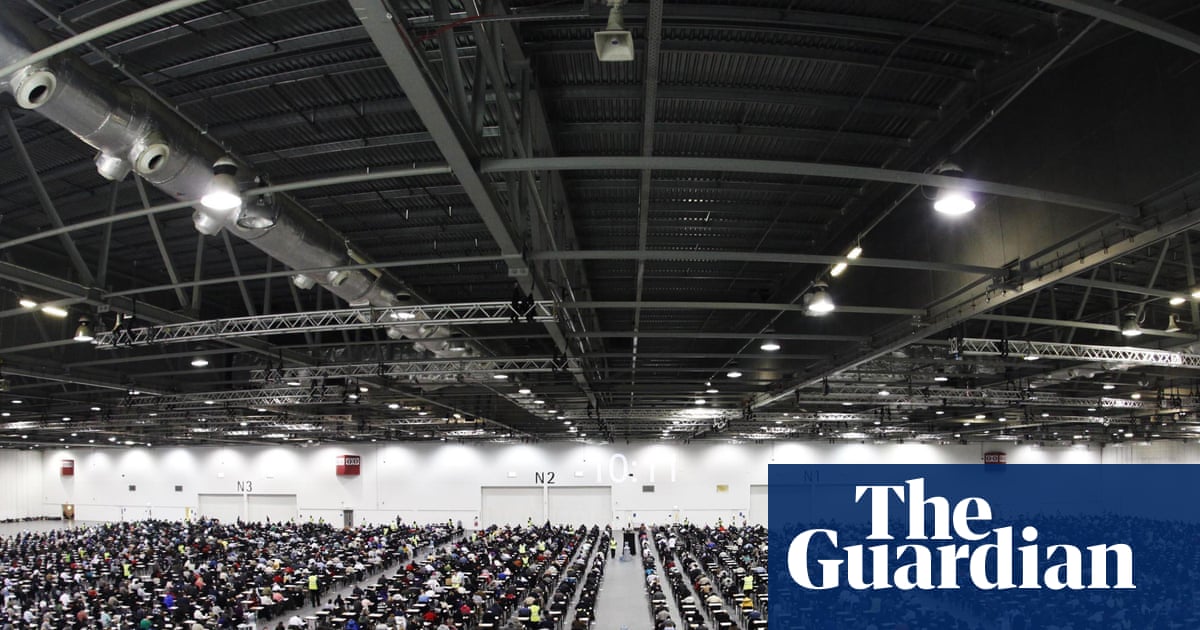Key events Show key events only Please turn on JavaScript to use this feature
US supreme court to decide on legality of Trump’s sweeping global tariffs
The news comes after the US supreme court agreed on Tuesday to decide the legality of Donald Trump’s sweeping global tariffs, setting up a major test of one of the Republican president’s boldest assertions of executive power that has been central to his economic and trade agenda.
The justices took up the justice department’s appeal of a lower court’s ruling that Trump overstepped his authority in imposing most of his tariffs under a federal law meant for emergencies. The court acted swiftly after the administration last week asked it to review the case, which involves trillions of dollars in customs duties over the next decade.
The court, which begins its next nine-month term on 6 October, placed the case on a fast track, scheduling oral arguments for the first week of November.
The justices also agreed to hear a separate challenge to Trump’s tariffs brought by a family-owned toy company, Learning Resources.
The US court of appeals for the federal circuit in Washington ruled on 29 August that Trump overreached in invoking a 1977 law known as the International Emergency Economic Powers Act (IEEPA) to impose the tariffs, undercutting a major priority for the president in his second term. The tariffs, however, remain in effect during the appeal to the supreme court.
More on the proposed Trump tariffs on India and China.
According to the Financial Times, a second US official said Washington was prepared to “mirror” any tariffs on China and India imposed by the EU, potentially leading to a further increase in US levies on imports from both countries.
Trump’s proposal comes as the White House is getting frustrated with its efforts at brokering a peace deal and Russia’s recent heavy aerial attacks on Ukraine.
“The president came on this morning and his view is that the obvious approach here is, let’s all put on dramatic tariffs and keep the tariffs on until the Chinese agree to stop buying the oil. There really aren’t many other places that oil can go,” the first US official said.
The US president later told reporters he expected to have a call with Russian president Vladimir Putin “this week or early next week”.
Introduction: Trump reportedly asks EU to levy 100% tariffs on India and China; Novo Nordisk to cut 9,000 jobs
Good morning, and welcome to our rolling coverage of business, the financial markets and the world economy.
Donald Trump has reportedly asked the EU to levy tariffs of up to 100% on India and China, in order to increase pressure on Russia to end its war in Ukraine.
The US president made the demand after he dialled into a meeting on Tuesday between senior US and EU officials gathered in Washington, the Financial Times, Bloomberg News and other media reported. One US official said, according to the FT:
We’re ready to go, ready to go right now, but we’re only going to do this if our European partners step up with us.
Meanwhile, Ozempic and Wegovy maker Novo Nordisk announced that it will cut 9,000 jobs and trimmed its profit forecast for this year, as it struggles against competition from US rival Eli Lilly’s Mounjaro weight loss injection.
The job cuts amount to 11% of the drugmaker’s workforce of 78,400. About 5,000 of the job losses will happen in Denmark.
Novo Nordisk said the move would save 8bn Danish kroner (£930m) a year, although it will also lead to one-off costs of 8bn kroner this year. As a result, it expects to deliver operating profit growth of 4% to 10% at constant exchange rates, down from 10%—16%.
It is one of the first major moves by Mike Doustdar, an Iranian-born Austrian-American businessman, who took over as chief executive in July. Novo Nordisk – which had become Europe’s most valuable company on the back of the weight loss drug boom – recently lost two thirds of its market value following disappointing drug trial results and slowing sales.
Doustdar said:
As the global leader in obesity and diabetes, Novo Nordisk delivers life-changing products for patients worldwide. But our markets are evolving, particularly in obesity, as it has become more competitive and consumer-
driven. Our company must evolve as well.
It is always difficult to see talented and valued colleagues go, but we are convinced that this is the right thing to do for the long-term success of Novo Nordisk. We need a shift in our mindset and approach so we can be faster and more agile. Our transformation plan is designed to deliver this.
Studies have shown that Eli Lilly’s Mounjaro is more effective than Wegovy in reducing weight. Novo’s Ozempic injection is also available on the NHS, as a treatment for type 2 diabetes.
Asian stock markets rose while government bonds fell, after weaker US labour market data heightened expectations of a Federal Reserve interest rate cut of at least a quarter point next week.
Japan’s Nikkei closed 0.87% higher while Hong Kong’s Hang Seng climbed by 1.1% and South Korea’s Kospi rose by 1.67%.
US government bonds fell for a second day on Wednesday, pushing yields higher. The yield, or interest rate, on the benchmark 10-year Treasury rose by 1 basis point to 4.088%, after climbing almost 3 basis points on Tuesday. The equivalent Japanese bond yield rose by 0.5 basis points to 1.565%.
The Agenda
-
8am BST: Spain Industrial production for July
-
9am BST: Italy Industrial production for July
-
10am BST: UK Treasury gilt 2031 auction
-
1.30pm BST: US producer prices for August

 3 months ago
64
3 months ago
64

















































